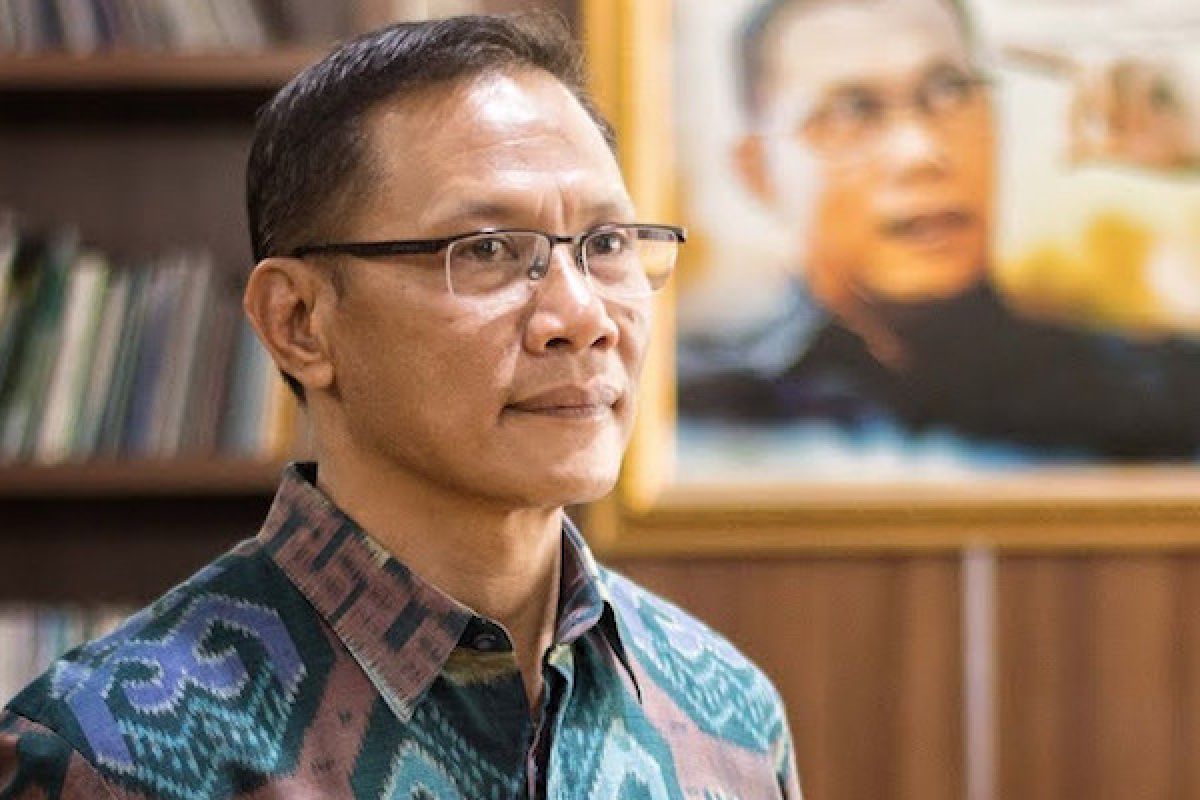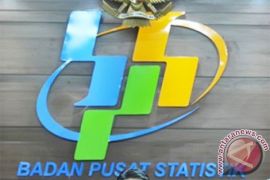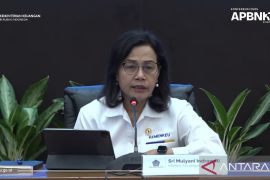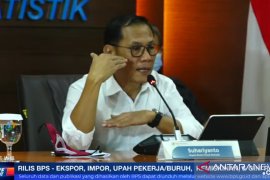It has been an effort to reduce the inequality, but to reduce it again is quite heavy."Jakarta (ANTARA News) - The Central Bureau of Statistics (BPS) has recorded the inequality level of Indonesian population expenditure, as measured by Gini Ratio in September 2017, to be at 0.391.
"This is slightly down from March 2017 at 0.393. It has been an effort to reduce the inequality, but to reduce it again is quite heavy," BPS` head Suhariyanto said here on Tuesday.
He added that Gini Ratio in city in September 2017 was recorded at 0.404, or a decrease compared to March 2017 at 0.407 and September 2016 at 0.409.
Meanwhile, the Gini Ratio in village in September 2017 reached 0.320, or equal to March 2017 and up compared to September 2016 of 0.316.
Based on the National Socio-Economic Survey (Susenas) data, the average monthly per capita expenditure of the lowest 40 percent and the middle 40 percent income groups in that period increased faster than the top 20 percent group.
This condition caused the level of inequality from March to September 2017 to slightly decrease compared to the previous period.
But in the village, the average per capita expenditure per month in 40 percent medium group is rising faster than the bottom 40 percent and the top 20 percent, and it affects the inequality level of village, he noted.
According to him, the per capita spending per month for the lowest 40 percent group should increase faster than before in order to reduce the level of inequality in the village.
Meanwhile, in September 2017, the province with the highest Gini Ratio was Yogyakarta, at 0.440, while the lowest one was Bangka Belitung, at 0.276.
"There are nine provinces whose Gini Ratio is above the national average, namely Yogyakarta, South Sulawesi, East Java, Jakarta, Gorontalo, Southeast Sulawesi, Papua, North Sulawesi, and West Java," Suhariyanto stated.
Nationally, the value of Indonesia?s Gini Ratio from September 2010 to September 2014 had always fluctuated. However, from September 2015 until September 2017, its value continued to decline.
"This condition showed that during the period from September 2015 to September 2017, there was an improvement in the distribution of expenditure in Indonesia," Suhariyanto explained.
(Uu.KR-LWA/INE/KR-BSR/F001)
Reporter: Administrator
Editor: Priyambodo RH
Copyright © ANTARA 2018










